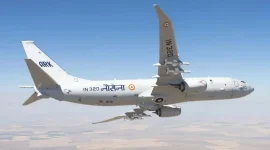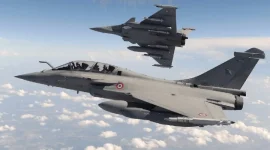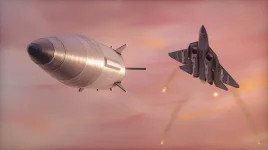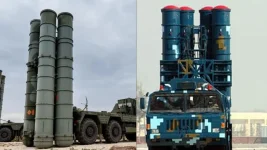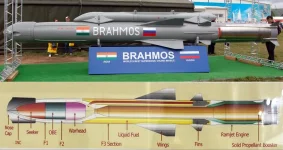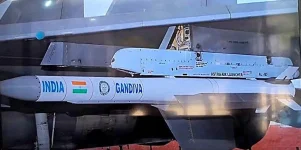India's Ministry of Defence has officially revived its long-delayed effort to acquire modern light helicopters, launching a formal search for approximately 200 new rotorcraft.
The move, initiated through a Request for Information (RfI) in August 2025, is a critical step towards replacing the military's obsolete Cheetah and Chetak fleets, which have been in service for over half a century.
This procurement process gains added significance as it prioritises indigenous manufacturing, creating a major opportunity for Hindustan Aeronautics Limited (HAL) amidst the collapse of a parallel helicopter deal with Russia.
The primary goal of the program is to address a severe capability gap in aerial reconnaissance and surveillance, particularly along India's challenging high-altitude frontiers.
The Indian Army Aviation Corps is slated to receive 120 of the new helicopters, while the Indian Air Force (IAF) will get the remaining 80.
The existing Cheetah and Chetak helicopters, license-produced versions of the French Aérospatiale SA 315B Lama and Alouette III, suffer from significant maintenance issues and low operational availability, making their replacement an urgent national security priority.
The tender, issued on August 8, outlines a broad range of mission requirements for the new aircraft. These include conducting surveillance day and night, transporting troops and quick-reaction teams, carrying internal and external cargo, scouting for attack helicopter formations, and performing casualty evacuation and search and rescue missions.
By allowing bids for both single- and twin-engine helicopters, the RfI opens the field to a wide array of platforms, with a final submission deadline for potential vendors set for October 18, 2025.
The government is strongly emphasising technology transfer and local production in partnership with global manufacturers.
At the forefront of this opportunity is India's state-owned aerospace giant, Hindustan Aeronautics Limited (HAL), which is vigorously promoting its indigenous Light Utility Helicopter (LUH).
While the initial requirement is for 200 units, sources within the industry indicate that HAL is positioning the LUH to secure a much larger order potentially reaching 400 helicopters.
The LUH is a 3-ton class, single-engine helicopter specifically designed for the extreme operational conditions of the Himalayas.
Having already achieved Initial Operational Clearance in 2021 and proven its ability to operate at altitudes up to 6,500 meters, the aircraft features a modern glass cockpit and can be equipped with advanced sensor systems.
HAL is reportedly prepared to increase its annual production rate to 30 helicopters to meet this demand.
HAL's aggressive strategy comes as a direct result of the derailment of a major India-Russia joint venture.
A 2015 intergovernmental agreement was supposed to see the co-production of 200 Russian Kamov Ka-226T twin-engine helicopters in India. This project was intended to fulfil a significant portion of the military's overall requirement for nearly 400 light helicopters.
However, the deal has stalled indefinitely due to a combination of factors, including disagreements over the level of indigenous content, cost escalations, and geopolitical sanctions against Russia that blocked the supply of its French-made Safran engines.
With the Russian Ka-226T now effectively out of the running, the path has cleared for HAL's LUH to become the primary choice for the armed forces.
Defence analysts note that this turn of events represents a substantial victory for India's 'Atmanirbhar Bharat' initiative. The focus on a home-grown solution could sideline international competitors like the Airbus H125 or the Bell 407GXi.
"The revival of this program not only modernises our surveillance edge but also fortifies our defence supply chain against global disruptions," an unnamed senior defence official stated, highlighting the strategic importance of developing indigenous capabilities.


